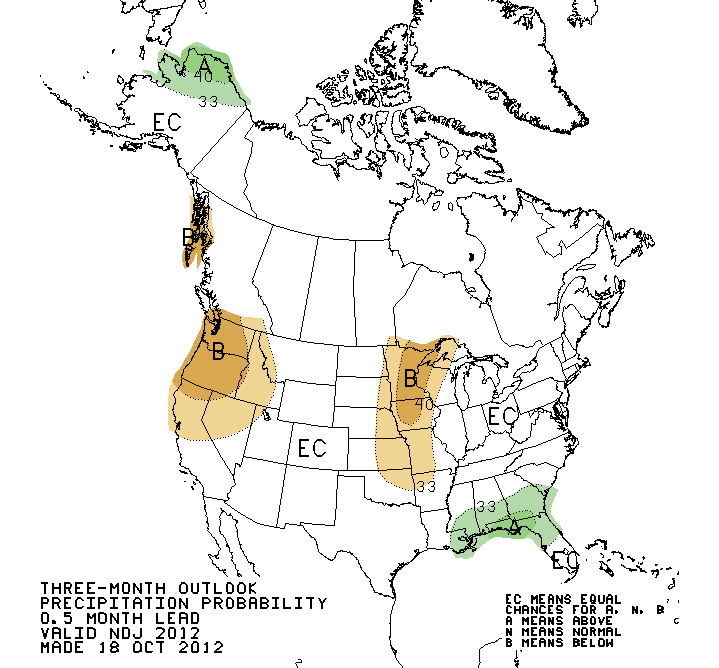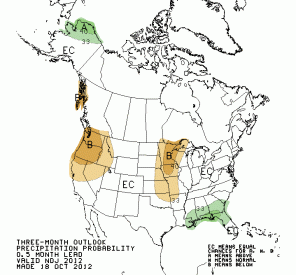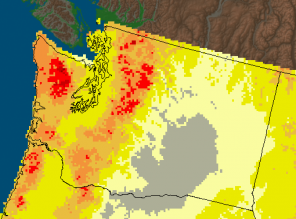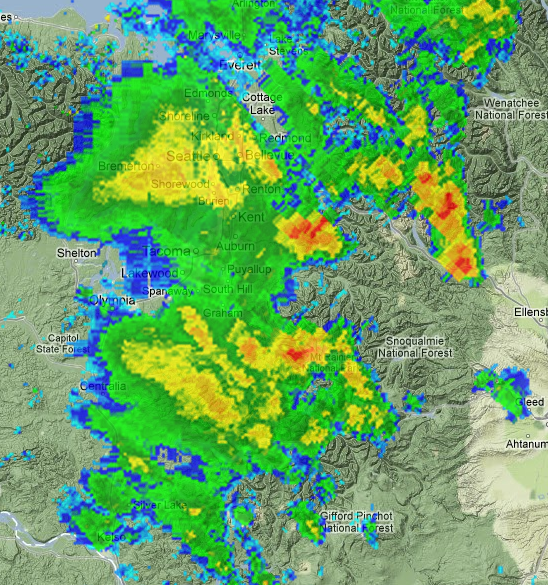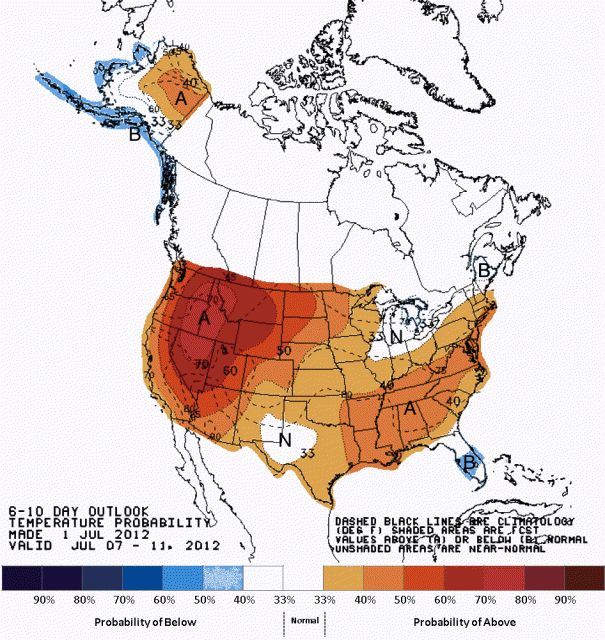Winter is coming, says Cliff Mass. The University of Washington meteorologist has a vested interest in preparedness since he gets stuck in the snow just like everyone else, and is a vocal member of the salt-and-snow-plow lobby.
That, apparently, is a strong lobby since this morning SDOT announced it has 3,800 tons of granular salt and 47,000 gallons anti-icing storage capacity, “roughly three times more granular salt storage than last season,” in addition to 40 snowplows and four anti-icing vehicles.
But Mass and fellow UW meteorologist Phil Regulski have also been driving forces behind a suite of online weather sources that let the average Seattleite know what’s happening out of doors. In partnership with city agencies (Seattle Public Utilities, Seattle City Light, Seattle Department of Transportation) they have rolled out Rainwatch, to tracks storms and forecast rain at the neighborhood level; Snowwatch, to estimate and predict snowfall; and Windwatch, which forecasts high winds.
Plus, Seattle City Light’s Outage Map keeps tabs on power outages across Seattle, noting the size of the outage and anticipated return of power. At a presentation this morning, Mayor McGinn also drew attention to SDOT’s Winter Weather Response Map, combines real-time data from traffic cameras and snow ploy deployment to let residents know which roads are cleared.
To help with that deployment, the city has also installed 11 new roadway surface temperature sensors, so it can prioritize getting to the coldest streets first.
As this is Disaster Week on The SunBreak, we’ll also print this readiness list from the city:
- Residents should always have a three-day supply of water and food that does not need to be cooked;
- Have extra blankets on hand and close the doors to rooms you aren’t using to help keep warm;
- Don’t bring your barbecue or any fossil fuel burning stove inside your house to cook when the power goes out – this could cause carbon monoxide poisoning;
- A hand-crank radio and a hand-crank flashlight should be available – please don’t use open flames such as candles;
- The City of Seattle is a partner in the regional Take Winter By Storm effort – residents are encouraged to visit www.takewinterbystorm.org for more tips on being prepared for winter;
- Call to report a power outage, to find out about reported outages and to asked to have call-back when your power is restored. Seattle City Light needs your current phone number – both home and cell – in order to respond to your call.
- Tips for what to do when the power goes out are available at http://seattle.gov/light/
neighborhoods/nh4_pout.htm.
